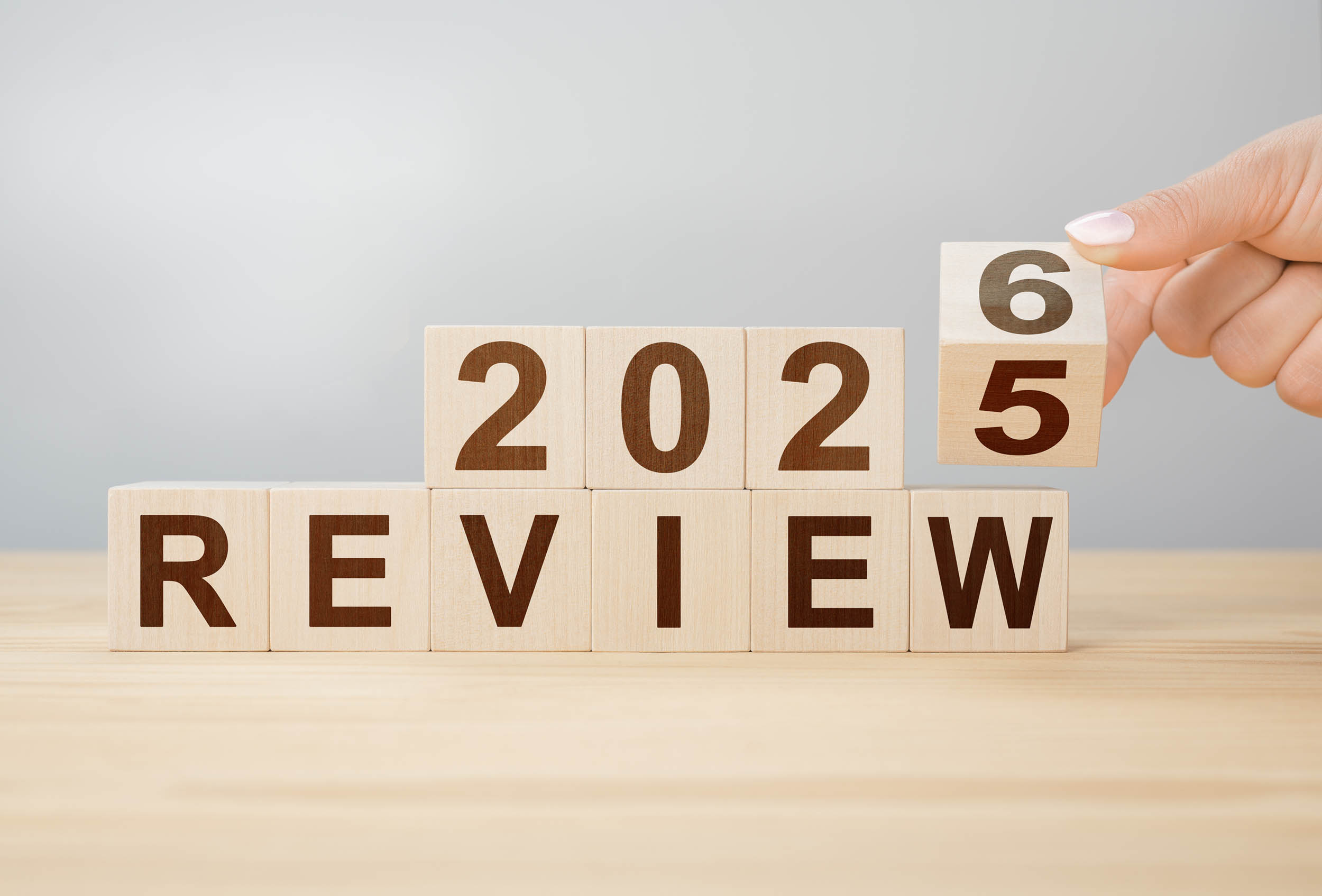
What a Client-Facing Experience Looks Like on Autopilot
Most firms are doing too much work behind the scenes…
to create an experience that still feels clunky on the front end.
Clients are confused.
Tasks get missed.
You’re answering the same questions on repeat.
And your calendar? Booked solid—with work that shouldn't require you.
Here’s what smart firms are doing instead:
- They’re automating the entire client journey.
- From “I’m interested” to “paid in full.”
- And the client?
- They think a team of five handled it.
Let’s walk through what that looks like—step by step.
Read: What a Fully Automated Client Experience Looks Like in a Modern Accounting Firm

The Autopilot Client Journey (No Humans Required)
Step 1: Proposal Sent Automatically
Client books a discovery call.
After the meeting, you hit “Send Proposal” in your CRM.
✓ Branded proposal is sent via email
✓ Includes payment link + engagement letter + next steps
✓ Auto-reminder triggers 48 hours later if no response
You didn’t write a follow-up.
You didn’t chase a signature.
You just… moved on.
Step 2: Signed + Paid = Engagement Begins
Client signs digitally.
Stripe processes the payment.
Your CRM updates their status to “Active.”
What that status change triggers:
✓ Smart intake form is sent (pre-filled if available)
✓ Welcome email is drafted by MAX
✓ ClientHub account is created + credentials sent
✓ Kanban task board is generated for your team
✓ Internal Slack or email notification confirms kickoff
The entire engagement launches itself.
Step 3: Intake Form Completed
Client fills out a dynamic, service-specific form:
Business owner vs. W-2? State residency? Deadlines?
✓ Client’s answers trigger conditional tasks
✓ Upload links for docs are provided
✓ AI-generated summary of their situation lands in your inbox
✓ Workflow continues without your manual involvement
You’re only looped in when the work is ready to begin.
Step 4: Client Email Updates (Written by AI)
The client has questions:
“When’s my return due?”
“Did I send the right docs?”
“Why is my refund different this year?”
✓ MAX drafts replies in your voice
✓ Pulls from client data and workflow status
✓ Final review optional before sending
✓ Clients feel like they’re hearing directly from you—even when you're offline
It’s personal… without the time commitment.
Step 5: Reminders + Check-ins = Retention Built In
Throughout the year:
✓ Clients receive check-ins tied to quarter or tax season
✓ Upsell prompts (e.g., “Want a proactive plan for next year?”) are triggered
✓ Past-due follow-ups go out automatically
✓ Year-end reminders are sent with links to re-engage
Your retention playbook is always running—even when you’re not.
Step 6: Invoice + Re-engagement = Revenue Grows Itself
When the engagement is complete:
✓ Final invoice auto-sent (if not pre-paid)
✓ Client asked to rebook for next quarter/year
✓ Link to tax planning or advisory consult included
✓ All docs, messages, and results are stored in ClientHub
And just like that, you’re ready to do it again—without chasing.

What This Replaces (And What You Save)
That’s 30–50 hours/month you get back.
Or a full-time admin you no longer need to hire.
What to Do Next
If your firm is still living in the “send a form, wait, remind, repeat” zone—this is your moment.
You don’t have to build this from scratch.
You just have to turn on the right Playbooks.
Here’s how:
- Start with Proposal to Payment
- Turn on Onboarding + Smart Intake
- Let MAX handle email + updates
- Layer on touchpoints for retention + upsells
One client at a time, your firm starts to run without you.
But your clients feel more supported than ever.
👉 Download the White Paper: “How Smart Firms Scale Without Hiring”
👉 Schedule a Strategy Session: Map Your Autopilot Client Journey
















.svg)